Economy
These States Have the Highest Foreclosure Rates Going Into 2025
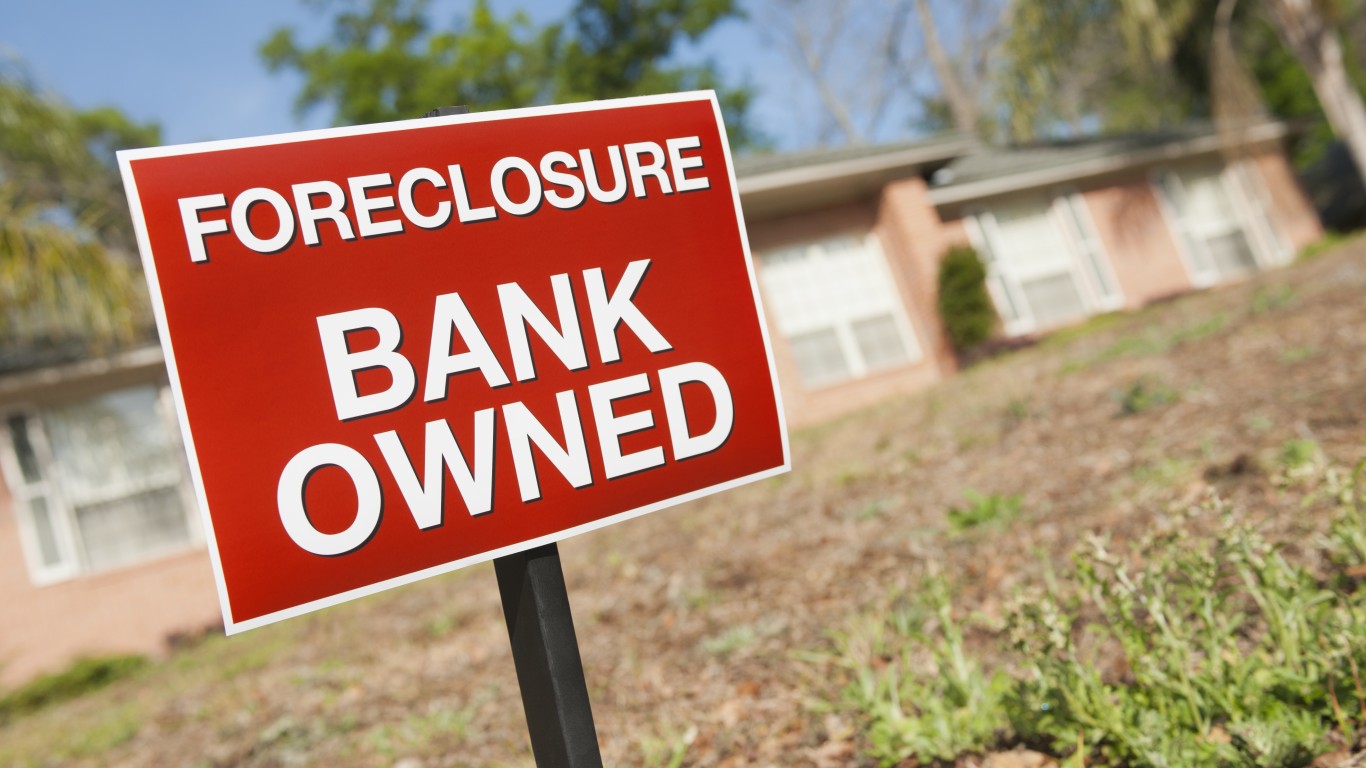
Published:
Last Updated:

The American Dream is an increasingly difficult goal for millions of Americans, and it is becoming clear that a majority of people will soon be unable to afford it. All the increases in productivity over the last century have only served to enrich the ruling class while the poor and middle class work longer hours for less money than their predecessors. This has led to one of the biggest income inequalities in the history of the world, forcing many people out of their homes.
Foreclosures lead to high rates of crime and perpetuate wealth inequality and poverty. Foreclosures don’t have to be a reality, social and legal changes can make it a thing of the past really easily. 4 million Americans are set to retire this year. If you want to join them, click here now to see if you’re behind, or ahead. It only takes a minute. (Sponsor)
Key Points
But which state is suffering from this income inequality the most? Which people are being hit hardest, and why? We looked at the most recent available data (for December 2024) and compared it to recent trends in foreclosures to give a full picture of what is happening in America. Here are the top ten states with the highest foreclosure rates.
All these data are current as of December 2024. We ranked each state according to foreclosure rate, not the number of foreclosures.
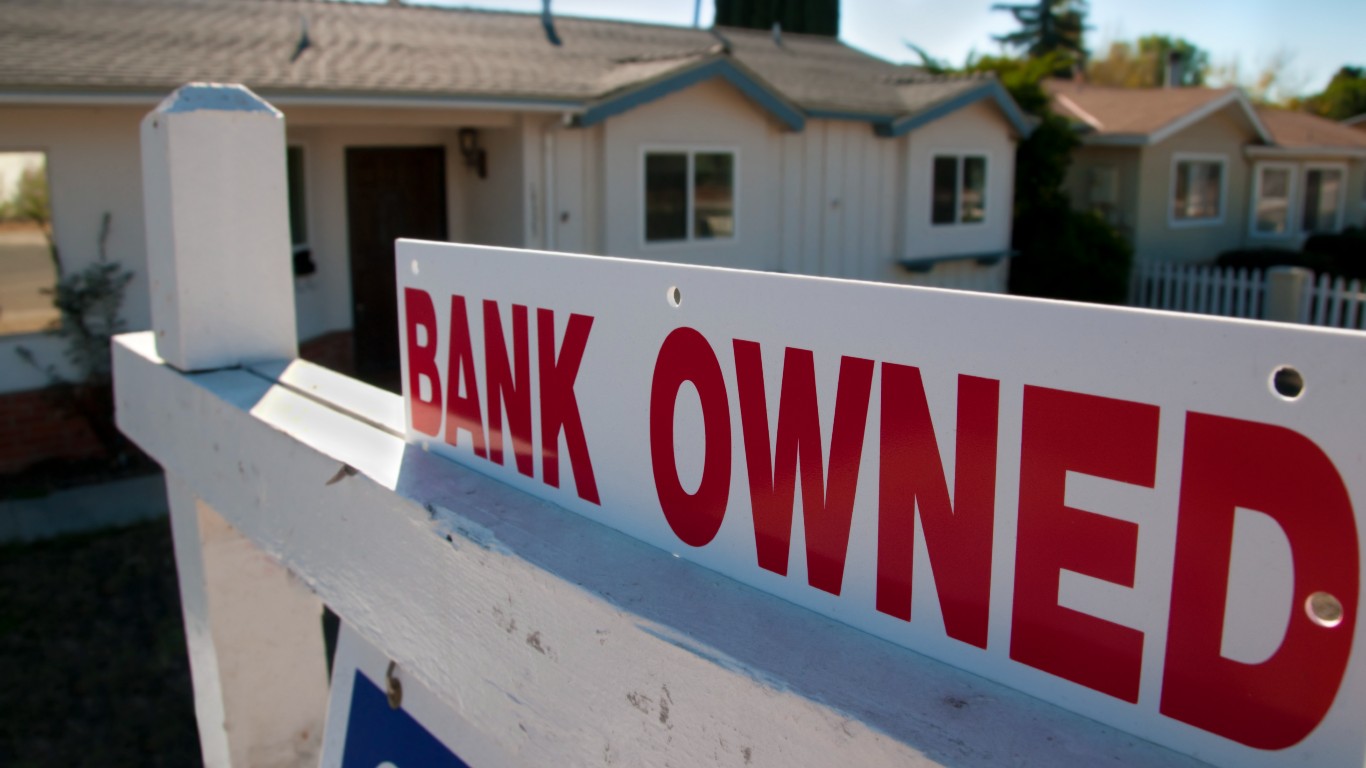
The number of foreclosures skyrocketed during the 2008 financial crisis and reached a peak during the 2010 Foreclosure Crisis, with 2.23% of all homeowners foreclosing on their homes, the highest rate of foreclosure in decades.
The rate dropped sharply, reaching a generational low of .11% in 2021, due in large part to stimulus checks that the government sent to citizens to help them pay their bills during the COVID-19 pandemic.
However, the rate of foreclosures has begun to creep up again. One of the major contributing factors to the rise in foreclosures is private equity firms, like the infamous Blackrock (NYSE:BLK), which have been able to buy huge amounts of homes and apartment buildings across the country. The unprecedented transfer of wealth from the lower classes to the wealthy during the 2019 pandemic supercharged this buying frenzy, driving the cost of homes into the stratosphere. As home prices and rents reach never-before-seen levels, wages have remained stagnant and people are forced to work longer to make ends meet. Families are resorting to sharing a home or finding other creative means to find a place to live, and most of the time it is still not enough.
Experts agree that the rate of foreclosure will continue to increase. Will we reach a point at which all homes are owned by private equity and everybody is forced to rent? Why is the Realtor association one of the biggest lobbying groups in the country? We will see.
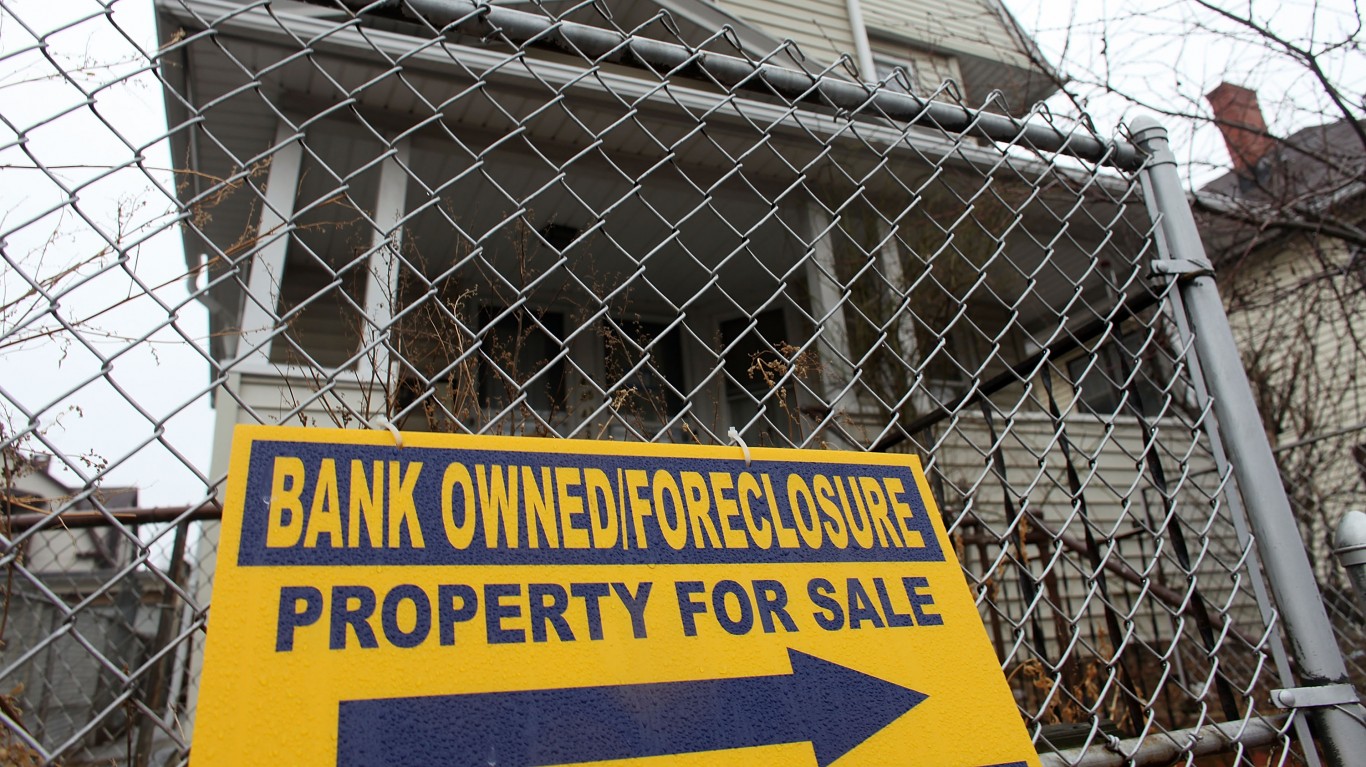
Foreclosures began as a tool for lenders to repossess the asset that secured the loaned money. However, in recent years, creative (see: greedy) bankers found ways to use foreclosures to make more money than ever before. There are a handful of strategies to make money using foreclosures which we will not explore here.
Suffice it to say, from a generational point of view, foreclosures have never been this high. It is not normal for families to wonder if they will be homeless next month. It is not healthy, and it is only the result of greedy and corrupt bankers and politicians that force us to live this way.
Also, the impact of foreclosure goes far beyond a family being forced onto the street.
According to numerous studies, as the rate of foreclosure increases, the rates of thefts, pollution, prostitution, and crime in general also increase. Since foreclosure is both a result and a cause of poverty, and poverty is the primary driver of crime, it would make sense that these rates would be strongly causal/correlated.
Additionally, around 36.7% of all people who have suffered foreclosure end up also suffering from major depression.
The vast majority of people who suffer foreclosure are African Americans (at a rate over three times higher than white people), families with children, foreign-born homeowners, and renters. While the reasons for this are many and varied (including not understanding the terms of the loan due to language barrier, poverty, weak labor protections, and more), a majority of people said that the primary reason for their foreclosure was medical conditions.
Most of these people couldn’t afford health insurance, and some medical conditions forced people to stay home unable to work or to care for someone in their family who had a condition, which took time away from their job.
This underlines the fact that foreclosures severely harm an already vulnerable and suffering demographic.
Some countries that actually care about their citizens and enforce some level of human dignity have acted to prevent the damage caused by foreclosures.
China, for example, only recently allowed the transfer of land rights in some cases (in 1988), which allowed for private land ownership, along with mortgage lending and foreclosures. However, Chinese law allows foreclosures only in the most extreme situations and under strict rules and regulations and has implemented safeguards to prevent as many foreclosures as possible.
This has led to not only one of the fastest-growing middle classes in the history of humanity but also one of the strongest financial foundations for a thriving economy. When people don’t have to worry about being homeless, their health improves and they can spend more time doing the work they love.
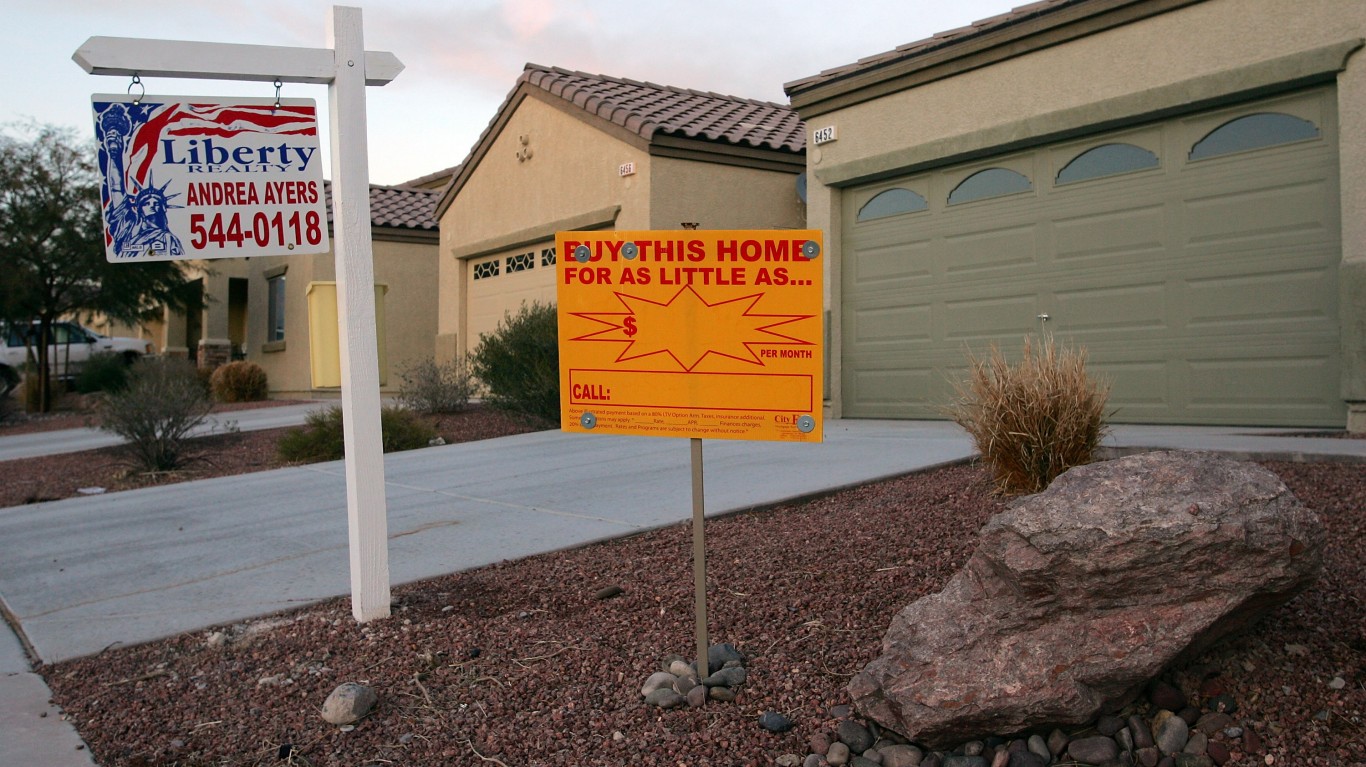
Connecticut has the third-highest number of millionaires in the country, and some of the poorest cities in the nation. This wealth disparity, combined with limited space and high unemployment, has led to high foreclosure rates. As foreclosures increase, those homes are then bought by the wealthy who raise the price or rent, which makes the problem even worse.
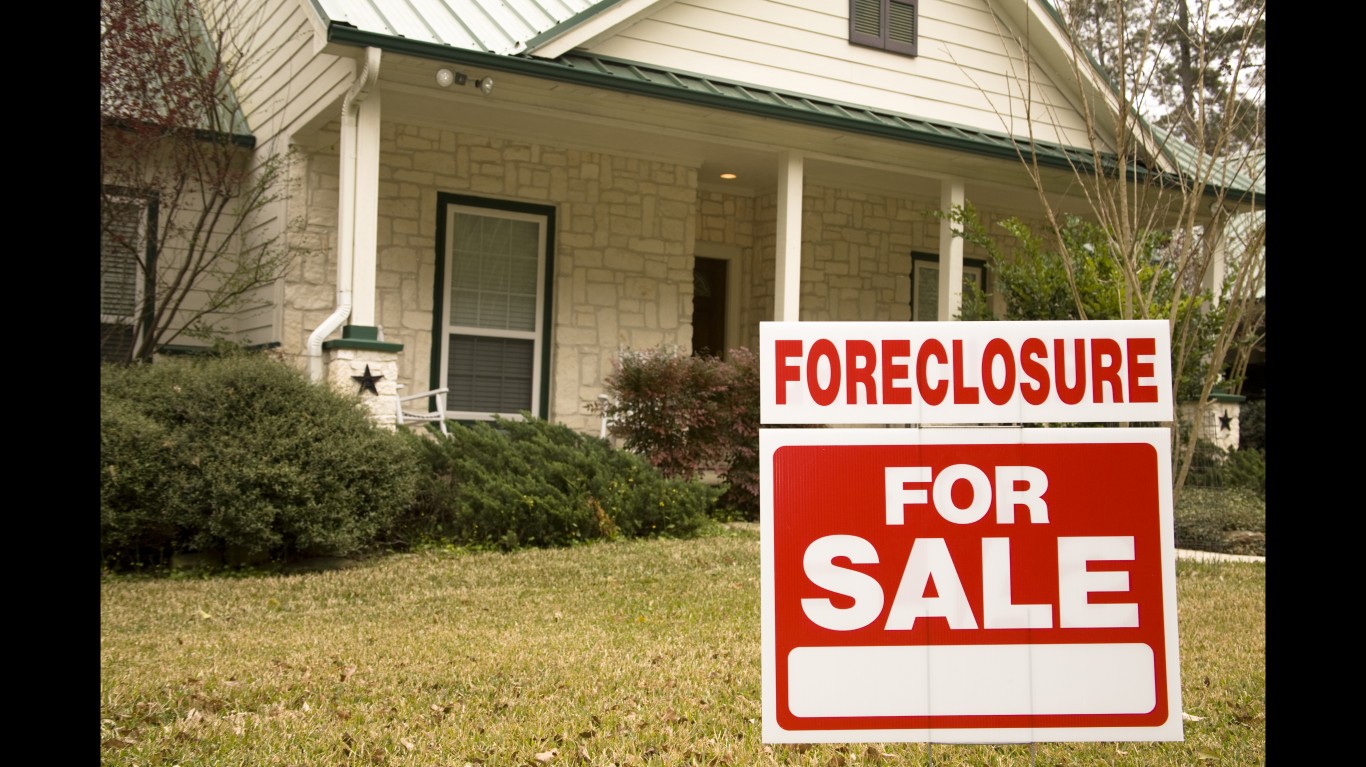
Delaware is a corporate haven for companies in the United States, with more than 50% of all U.S. companies being incorporated in the state, and there are more corporations registered in Delaware than there are people living there.
Delaware has also seen a severe industrial decline in the last 25 years as major employers leave the state for cheaper or more tax-friendly places, laying off thousands of employees and leaving entire towns unemployed. Companies that abandoned the state include General Motors, Wilmington Assembly, Chrysler, Evraz Claymont Steel, National Vulcanized Fiber, DuPont (which fired 1,700 employees in 2015 alone), and more.
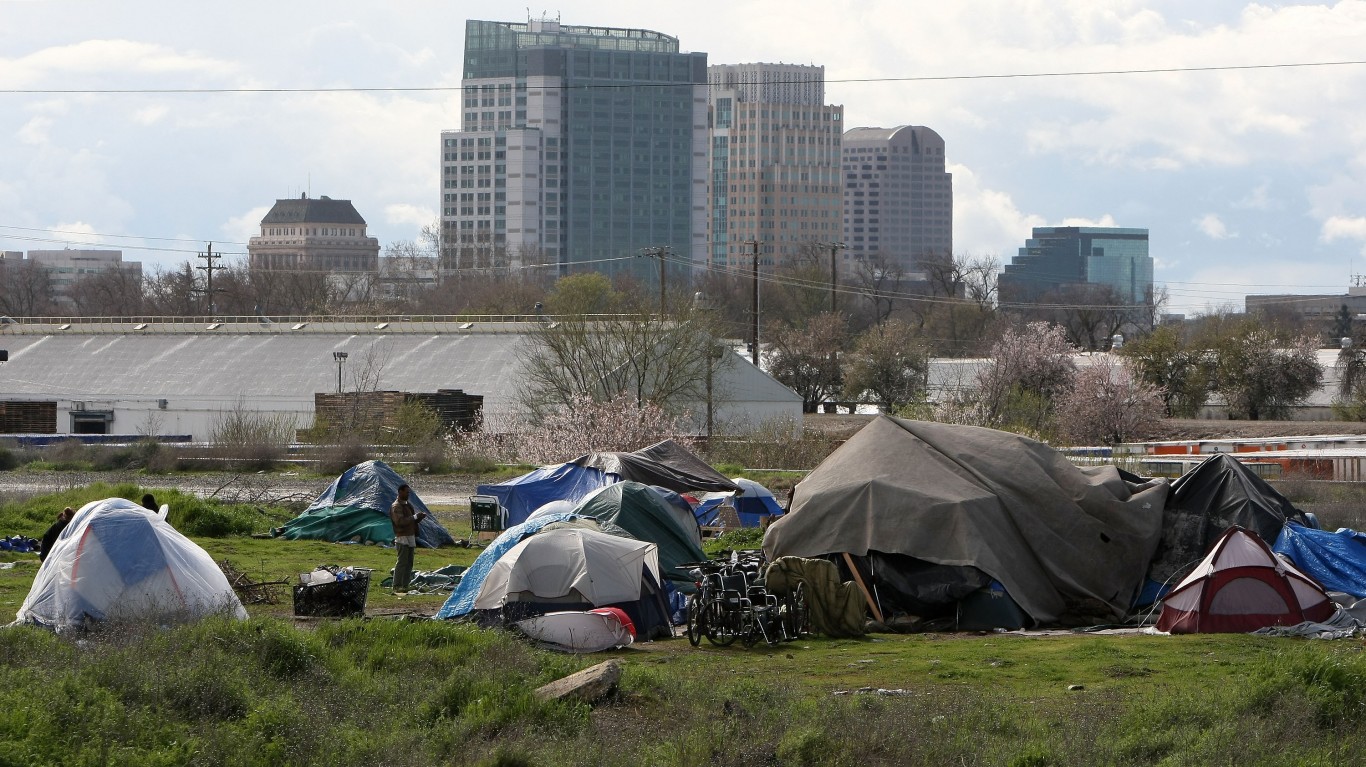
Since 2000, the base of Illinois’ economy has transitioned away from industrial manufacturing and farming to financial trading, medicine, and other high-value businesses. This concentrates high levels of wealth in the cities while leaving the more rural areas and poor neighborhoods without valuable employment.
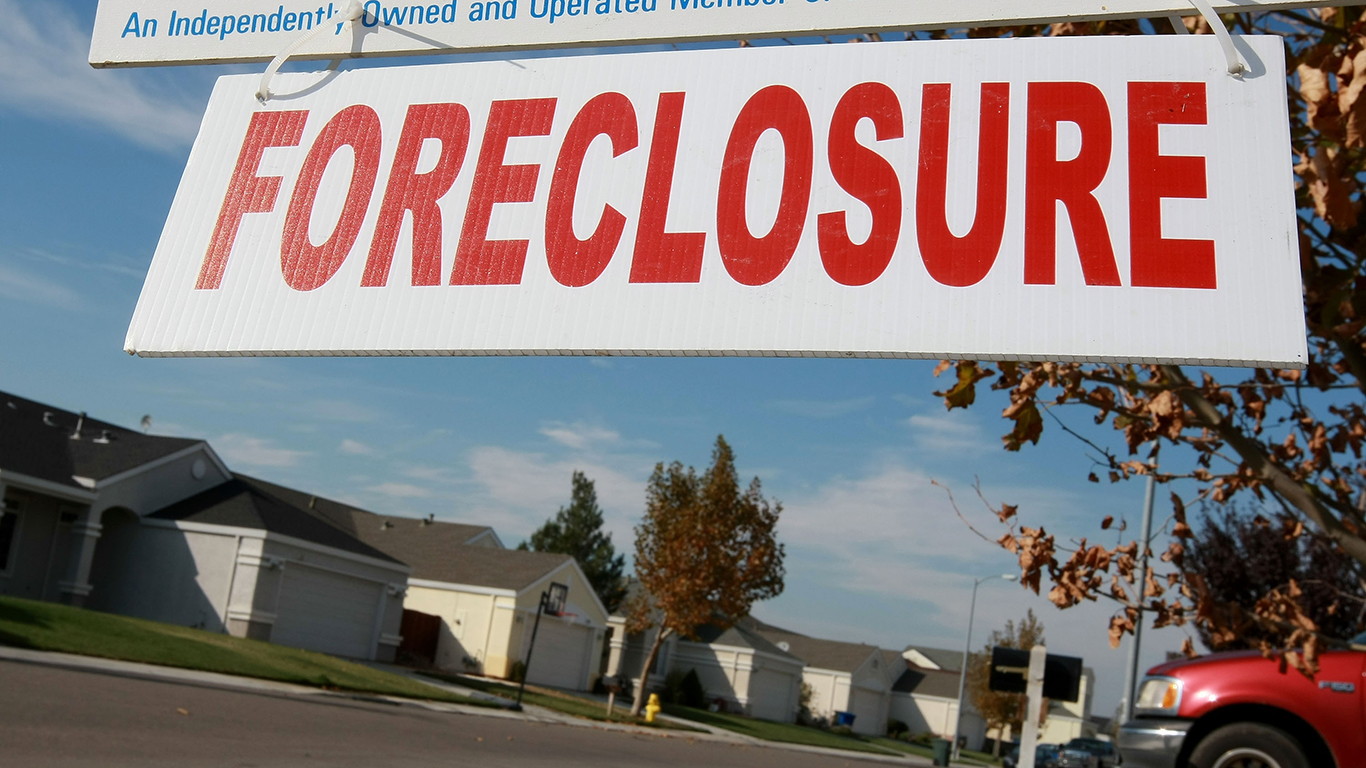
Tourism is a huge part of Florida’s economy, and what has become a huge part of the tourism industry? That’s right, Airbnb (NASDAQ:ABNB)and private vacation rentals. It is a well-known and proven fact that the rise of short vacation rentals has contributed to the incredibly high rental prices in the cities where they are located. More and more homes a being left vacant throughout the year for the wealthy to use as vacation rentals. Thousands of people have already been forced from their homes because of the impact of these rental properties.
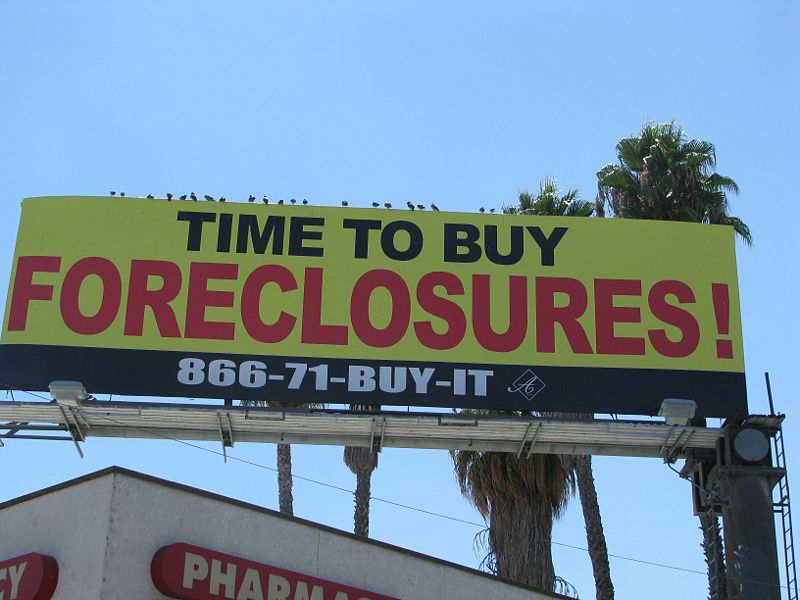
Like other midwestern states, Ohio was hit particularly hard by large manufacturers and factories leaving the state to find cheaper labor. The impact has not gone away, and today 13.4% of the people in Ohio still live below the poverty line. The growth of income inequality has been extreme as well, with the top 1% seeing a 37% increase in income while the bottom 99% saw only 2.3% income growth, and the tax burden in the state falls mostly on lower tax brackets.
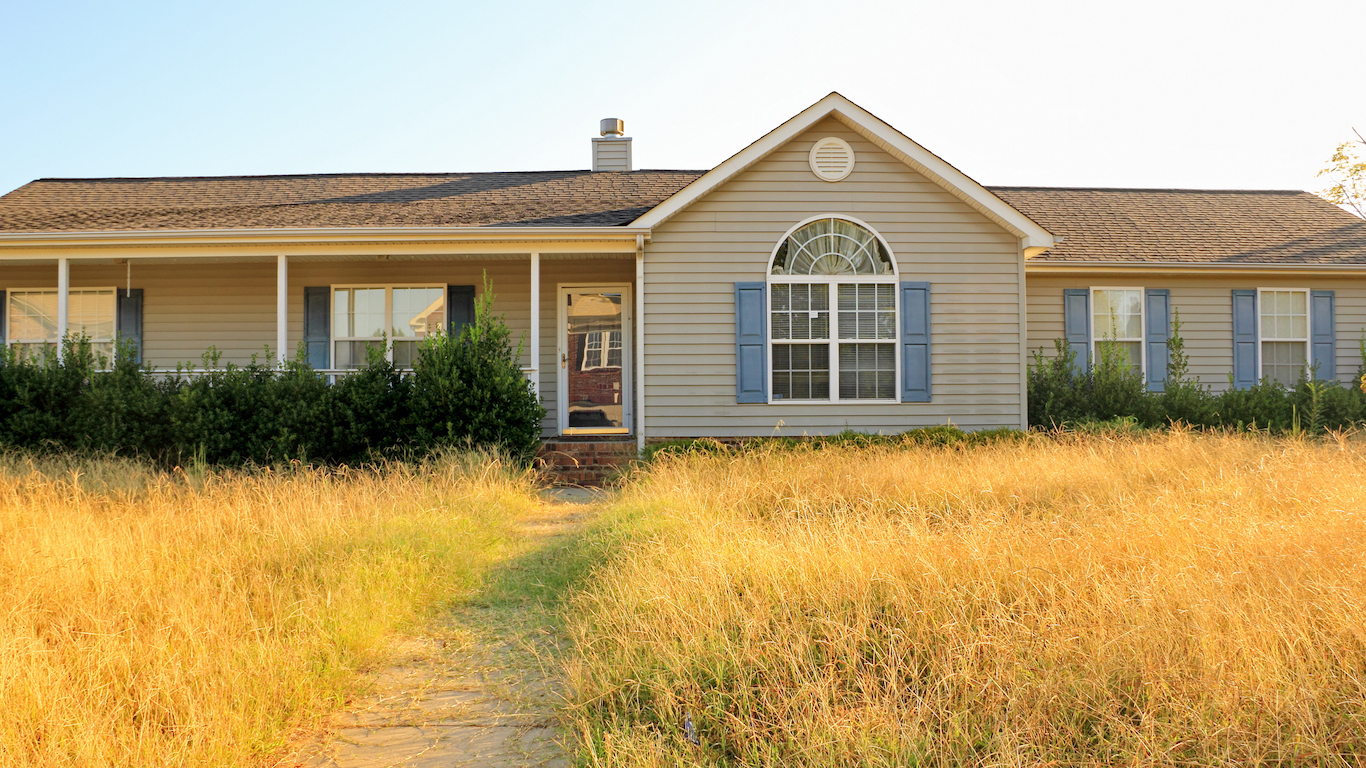
New Jersey suffers many of the same issues as other East Coast states: small area, huge cities, large populations, and a high number of rich people who own most of the housing and apartments. In recent years, the proportion of wages that are spent on rent in these states has increased well beyond what is manageable, with many people going without healthcare, food, and other necessities just to pay rent.
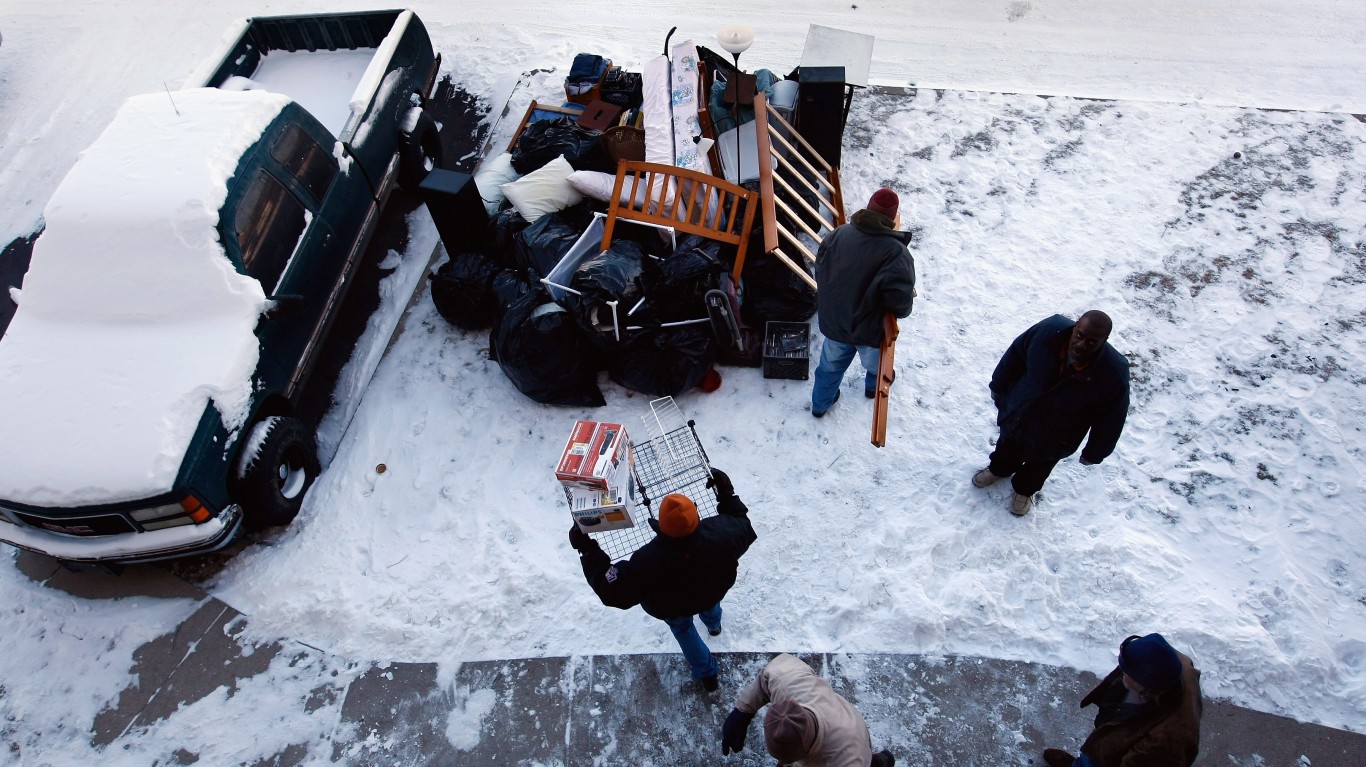
According to different reports, between 40% and 68% of the people in Utah are active Mormons. The LDS church has a huge influence over the culture and politics in Utah and reinforces strong conservative values, including strict financial independence and prosperity gospel principles (a trend in religions that developed during the 1800s in America that says that the more righteous a person is, the more god will bless them with riches and wealth). This has led many young couples to demonstrate their financial independence and righteousness by buying a home before they can reasonably afford to do so, contributing to the high foreclosure rate.
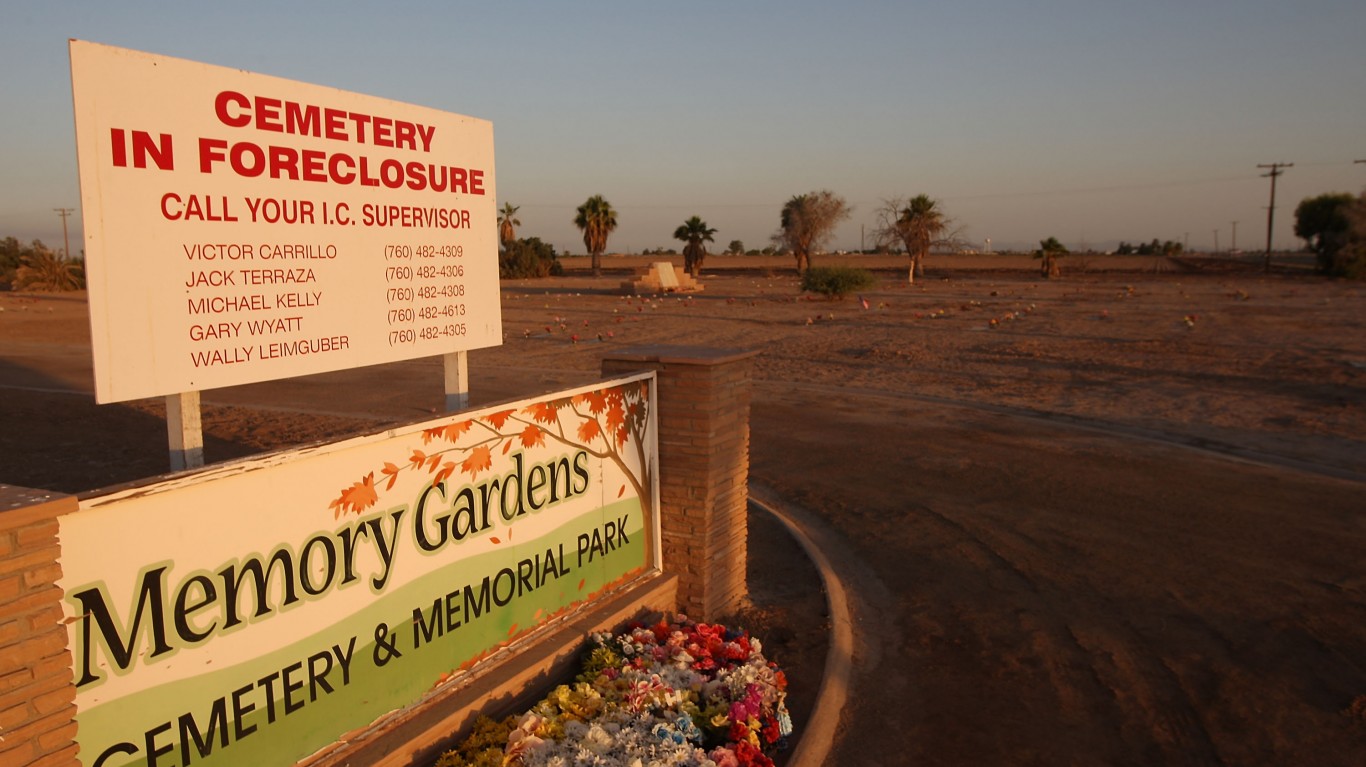
Maryland has the highest number of millionaires per capita in the country. And, as we’ve seen with other East Coast states and places with high numbers of rich people, this contributes to high foreclosure rates and the growth of wealth inequality.
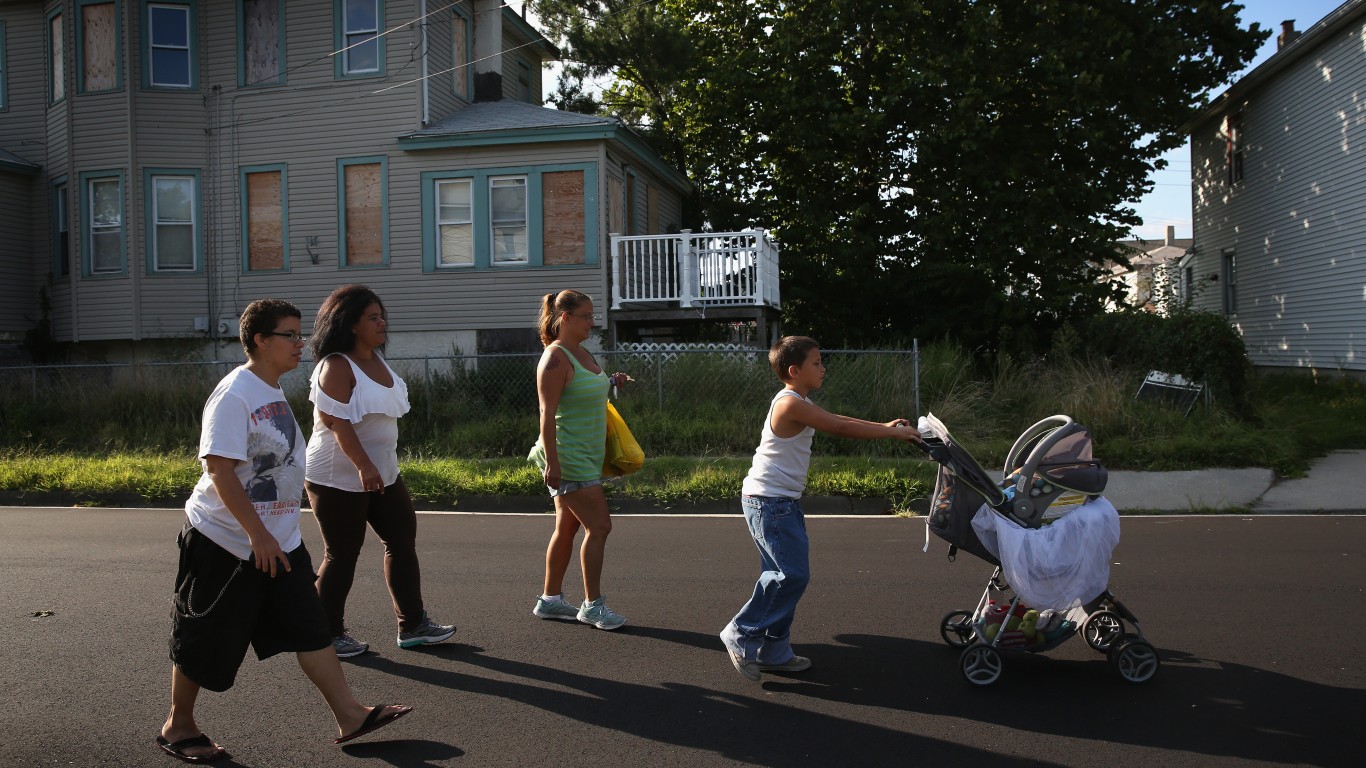
Indiana is among the poorer half of American states, and with much of its population living near big cities like Chicago, much of the state is covered in rural areas and farmland and has the largest population working in manufacturing of any state.
Like other midwestern states, as large companies abandon the region, people are left without jobs or are forced to pick up low-wage employment.
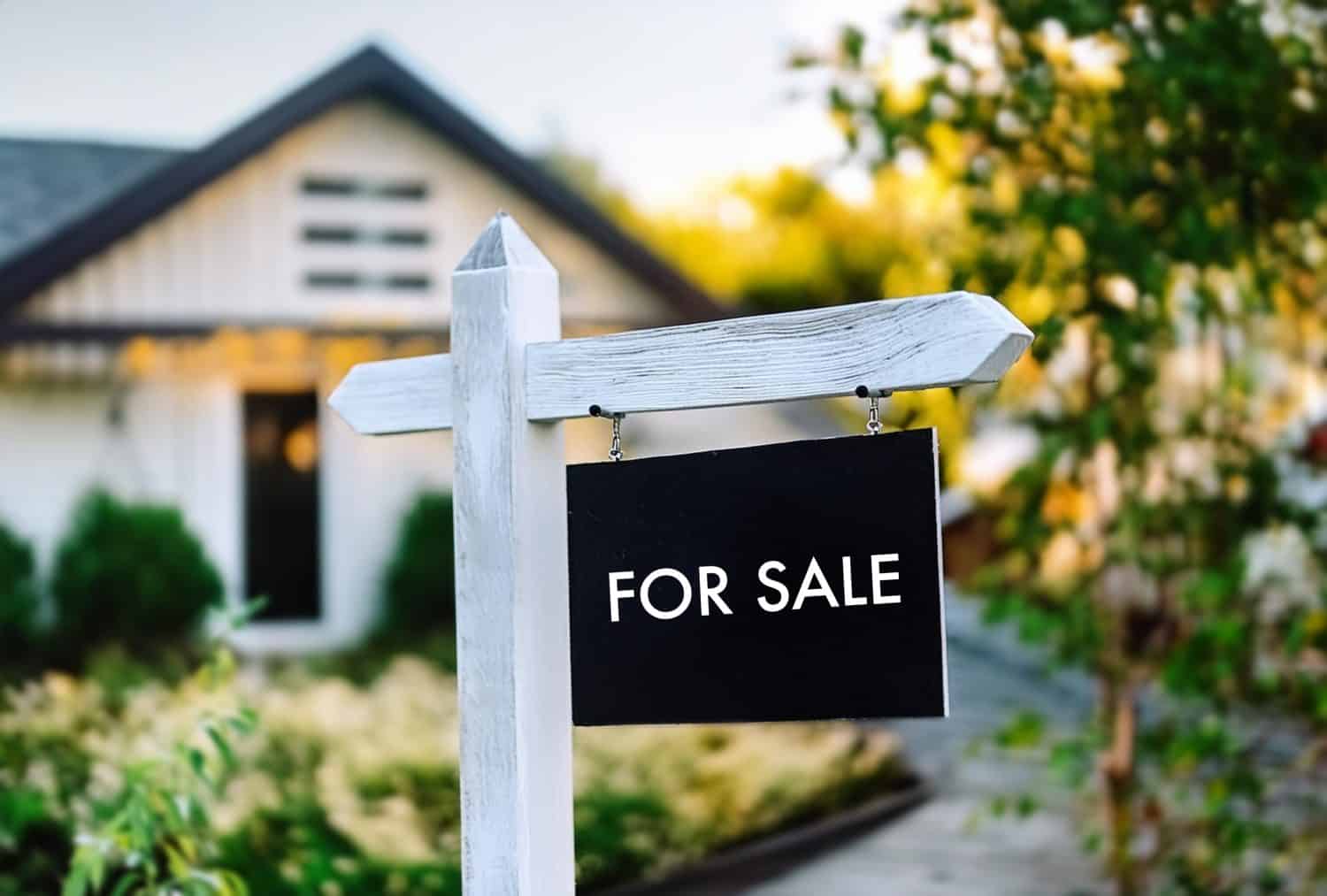
The two biggest industries in Nevada are tourism and entertainment. And as we saw in Florida, tourism industries and the rise of Airbnb lead to higher rents and home prices, pricing families out of their homes.
Additionally, Las Vegas was founded by Mormons in the 1800s and was originally claimed by the Mormon country of Deseret, and still has a huge Mormon population today.
Essentially, Nevada suffers from the perfect foreclosure storm created by the combined forces of tourism and American prosperity gospel principles.
Start by taking a quick retirement quiz from SmartAsset that will match you with up to 3 financial advisors that serve your area and beyond in 5 minutes, or less.
Each advisor has been vetted by SmartAsset and is held to a fiduciary standard to act in your best interests.
Here’s how it works:
1. Answer SmartAsset advisor match quiz
2. Review your pre-screened matches at your leisure. Check out the advisors’ profiles.
3. Speak with advisors at no cost to you. Have an introductory call on the phone or introduction in person and choose whom to work with in the future
Thank you for reading! Have some feedback for us?
Contact the 24/7 Wall St. editorial team.